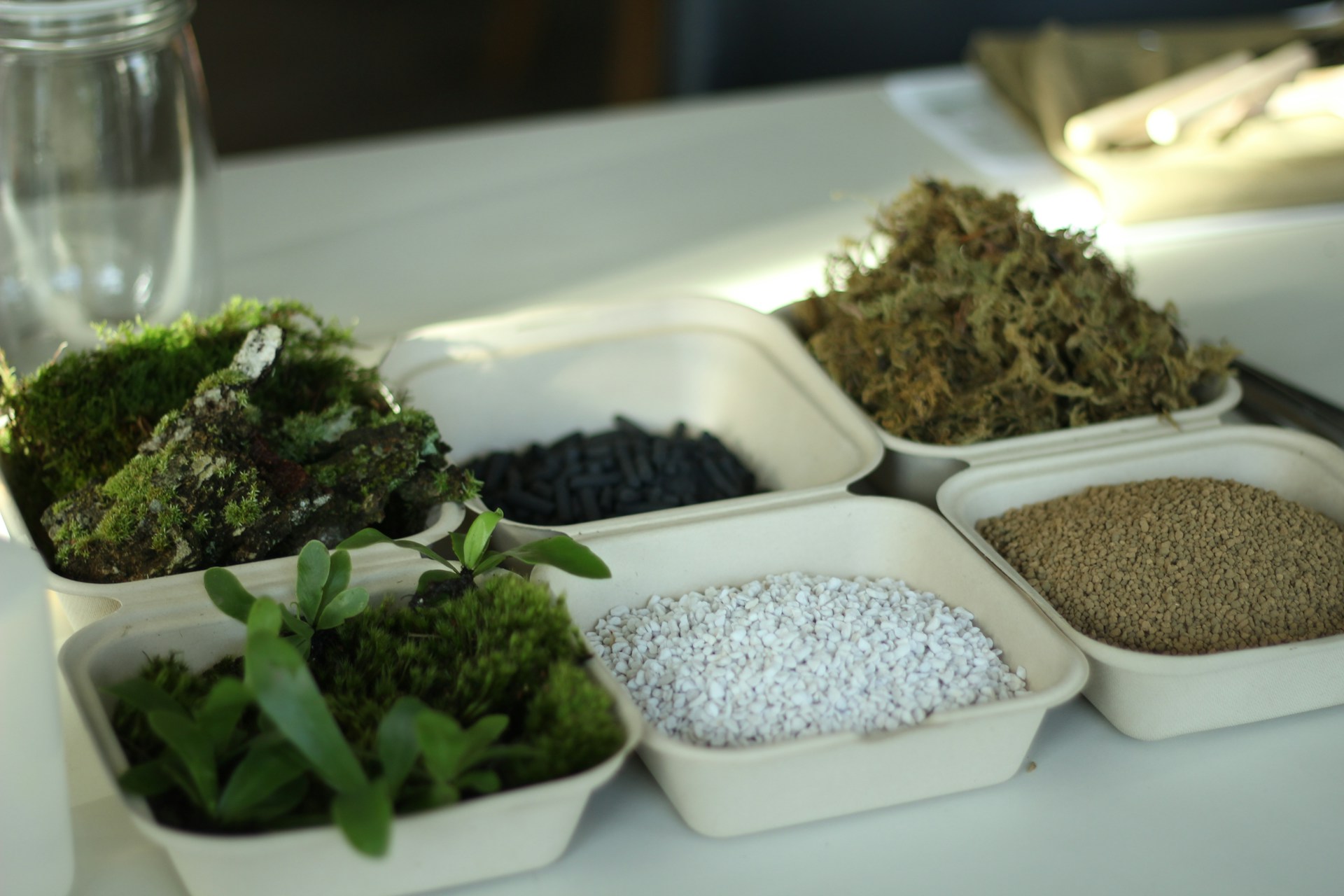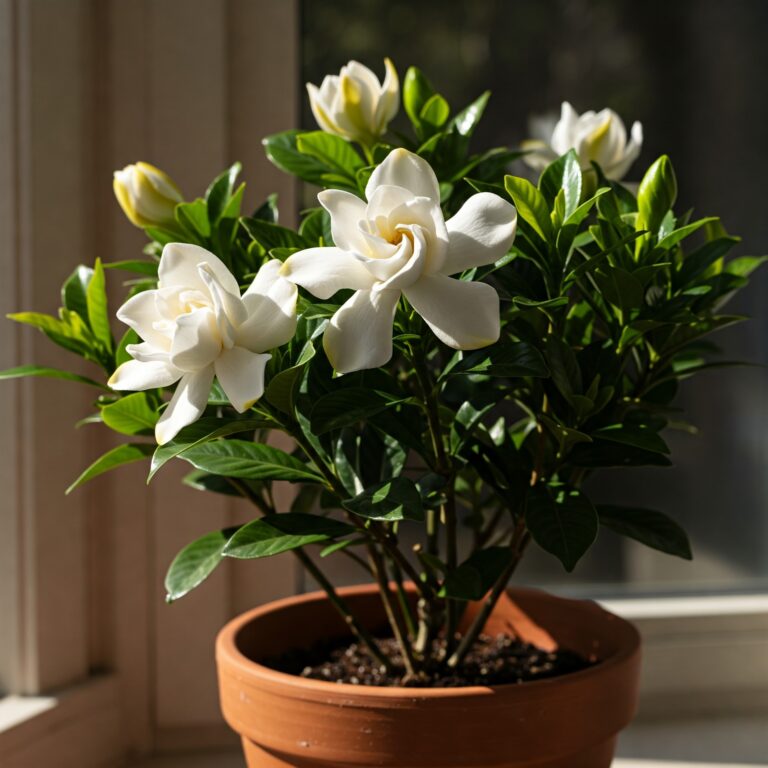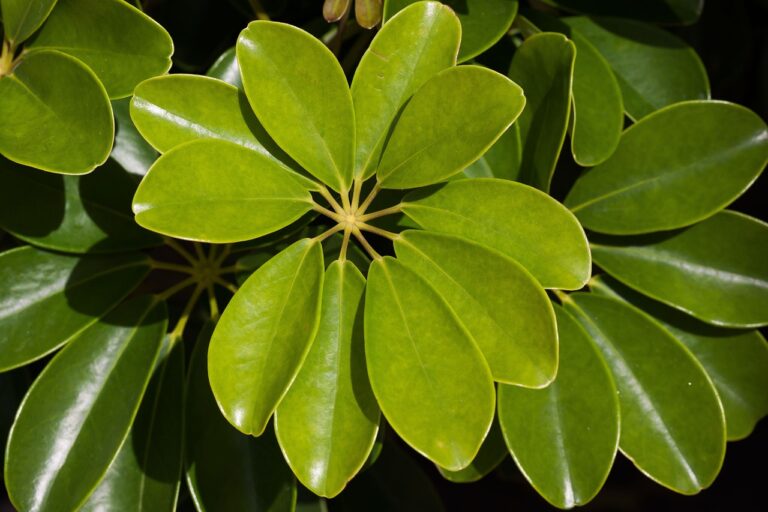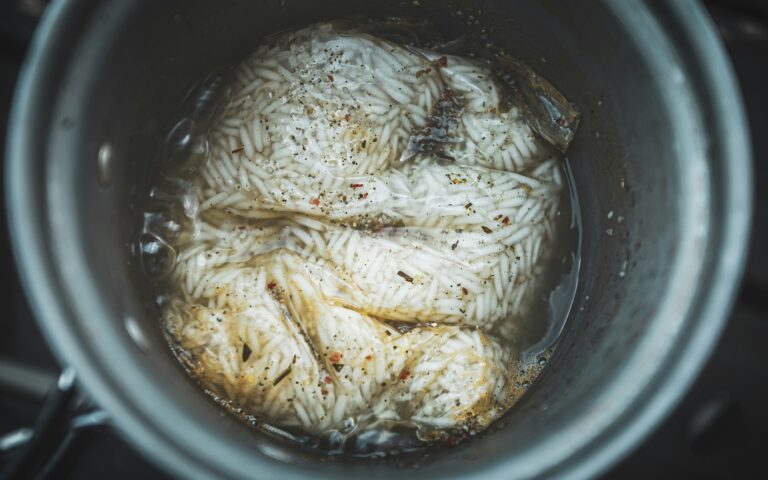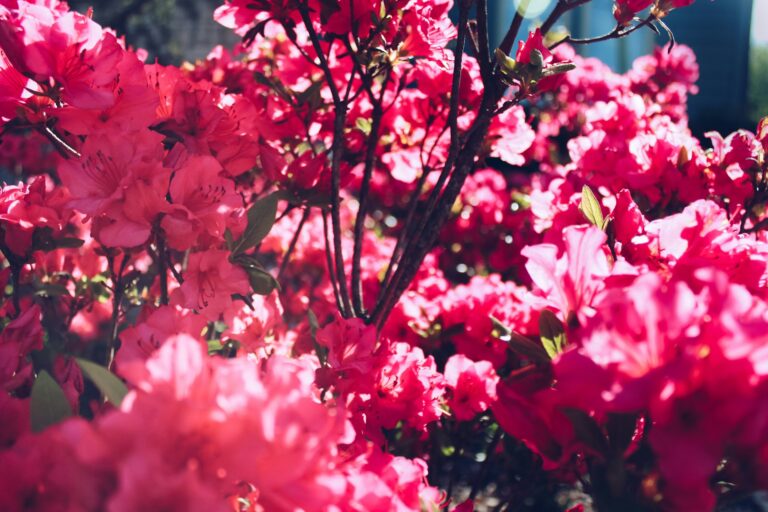Are you looking for a way to add some greenery to your home or office? Consider creating a terrarium filled with lush, vibrant moss. Not only is moss easy to grow, but it also adds a unique touch to any space. Plus, it requires very little maintenance, making it perfect for those who don’t have a green thumb.
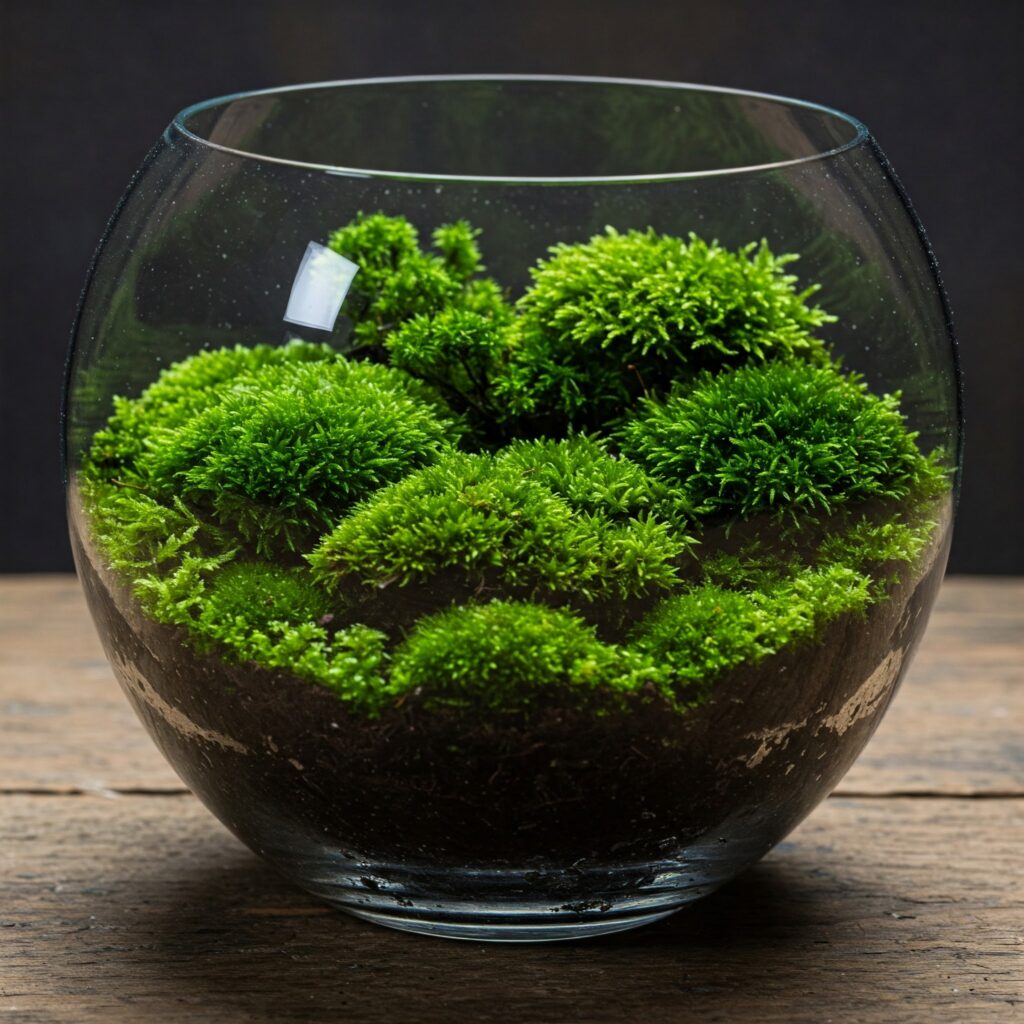
To grow moss in your terrarium, you’ll need a few supplies. First, choose a container for your terrarium. It can be anything from a glass jar to a ceramic pot, as long as it has a lid or it can be covered somehow. Next, you’ll need some potting soil, activated charcoal, and moss. Once you have your supplies, it’s time to start building your terrarium.
Choosing the Right Terrarium
When it comes to growing moss in a terrarium, choosing the right terrarium is crucial. Here are some factors to consider:
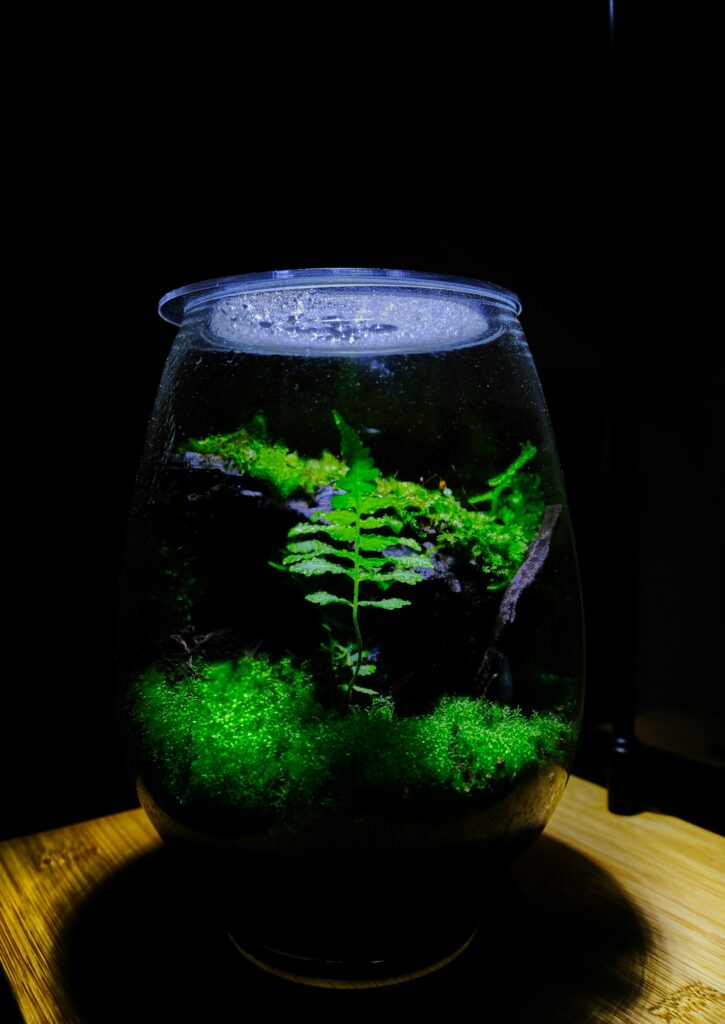
Size and Shape
The size and shape of your terrarium will depend on the amount of moss you want to grow and the space you have available. A larger terrarium will allow more moss to grow but may take longer to fill in. A smaller terrarium will fill in more quickly, but you may need to prune the moss more often to prevent it from becoming overgrown.
The shape of your terrarium can also affect the growth of your moss. A tall, narrow terrarium will create a different environment than a short, wide one. Consider the type of moss you want to grow and its natural habitat when choosing the shape of your terrarium.
Materials
The materials you choose for your terrarium will also affect the growth of your moss. Here are some options to consider:
- Glass: Glass is popular for terrariums because it allows maximum light penetration and creates a clear view of your moss. However, it can be fragile and may not be the best choice if you have pets or children.
- Plastic: Plastic terrariums are more durable than glass and can be a good choice if you need something that can withstand more wear and tear. However, plastic can scratch easily and may not be as clear as glass.
- Ceramic: Ceramic terrariums can be a beautiful addition to your home decor and are available in various shapes and sizes. However, they can be heavy and may not be the best choice if you need to move your terrarium frequently.
- Wood: Wood terrariums can create a natural, rustic look that is perfect for moss. However, they can be prone to rotting and may not be as durable as other materials.
When choosing the materials for your terrarium, consider the overall look you want to achieve and the environment in which your moss will thrive.
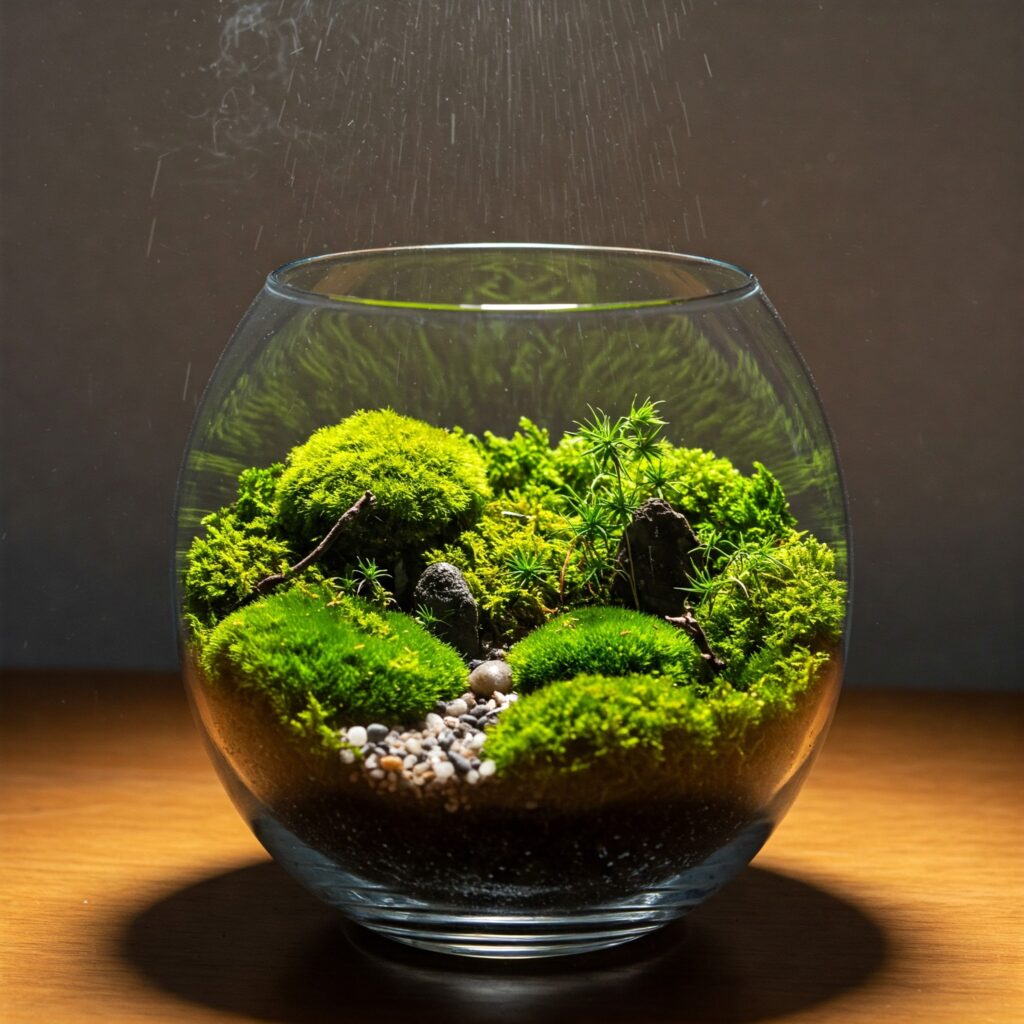
Preparing the Terrarium
Before you start growing moss in a terrarium, you need to prepare the environment to ensure the moss thrives. Here’s how:
Cleaning the Terrarium
The first step in preparing your terrarium is to clean it thoroughly. Use a mild detergent and warm water to clean the glass and remove any dirt or debris. Rinse with clean water and let it dry completely. This will ensure that there are no contaminants that could harm the moss.
Adding Drainage
Moss needs good drainage to grow, so you’ll need to add a layer of drainage material to the bottom of your terrarium. You can use small rocks, pebbles, or activated charcoal. This layer will help prevent water from accumulating at the bottom of the terrarium and causing the moss to rot.
Adding Soil
Once you’ve added the drainage layer, it’s time to add the soil. Moss prefers loose, well-draining soil that is rich in organic matter. You can use a mixture of peat moss and sand or a commercial potting mix designed for terrariums. Add a layer of soil that is at least 1-2 inches deep.
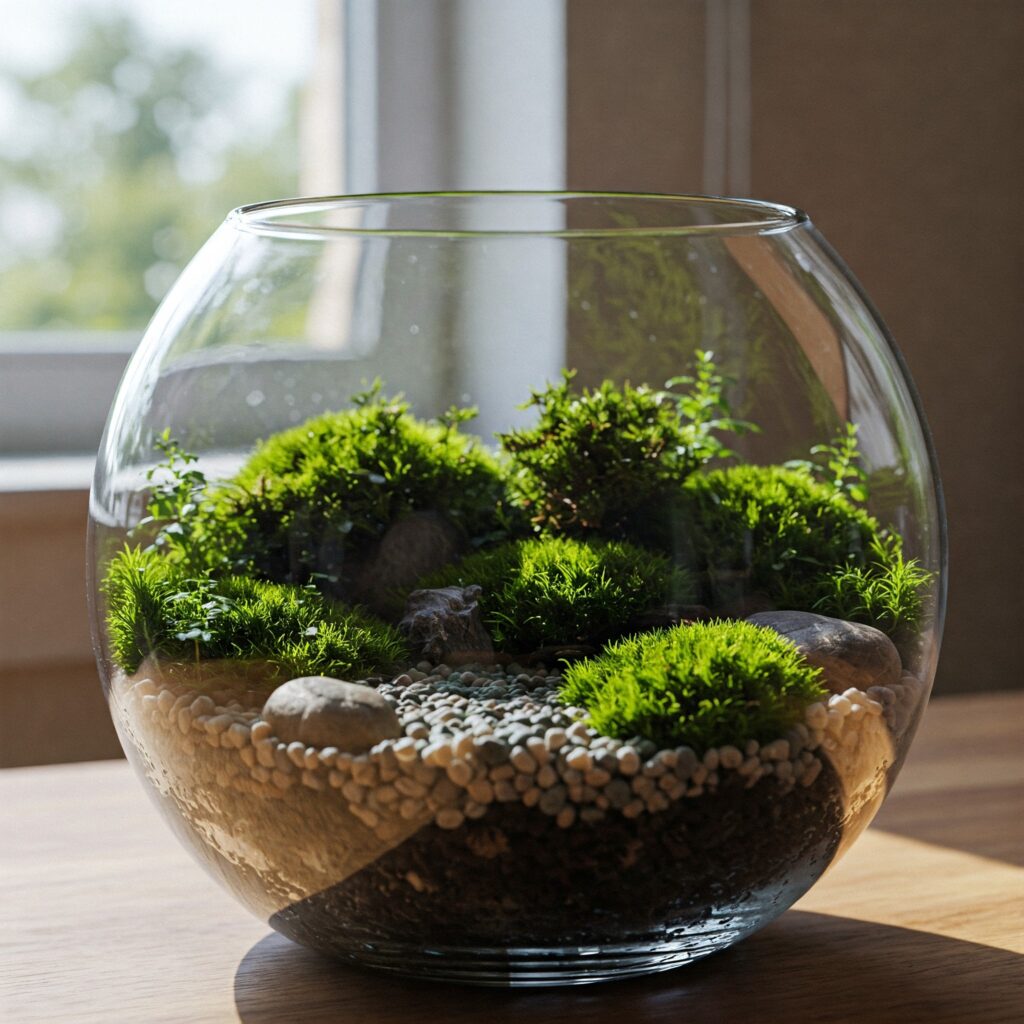
Selecting the Right Moss
When selecting the right moss for your terrarium, there are a few things to consider. In this section, we will discuss the types of moss and where to find them.
Types of Moss
There are many types of moss available, each with its unique characteristics. Here are some of the most common types of moss:
- Sheet moss: This moss has a flat, spreading growth pattern and is often used as a base layer in terrariums.
- Cushion moss: This type of moss forms tight, compact cushions and creates a natural landscape in your terrarium.
- Pillow moss: This moss has a soft, fluffy texture and is ideal for creating a cozy, inviting environment in your terrarium.
- Reindeer moss: This moss has a branching growth pattern and is often used to create a forest-like environment in terrariums.
Where to Find Moss
Moss can be found in a variety of locations, including your backyard. Here are some places to look for moss:
- Forests: Moss thrives in moist, shaded areas, making forests an ideal place to find moss.
- Parks: Many parks have areas with natural moss growth, so take a walk in the park, and you can find moss.
- Nurseries: Some nurseries carry different types of moss, so be sure to check with your local nursery to see what they have available.
When selecting moss, be sure to choose healthy, vibrant specimens. Avoid moss that appears brown or dried out, as this may indicate that the moss is not healthy.
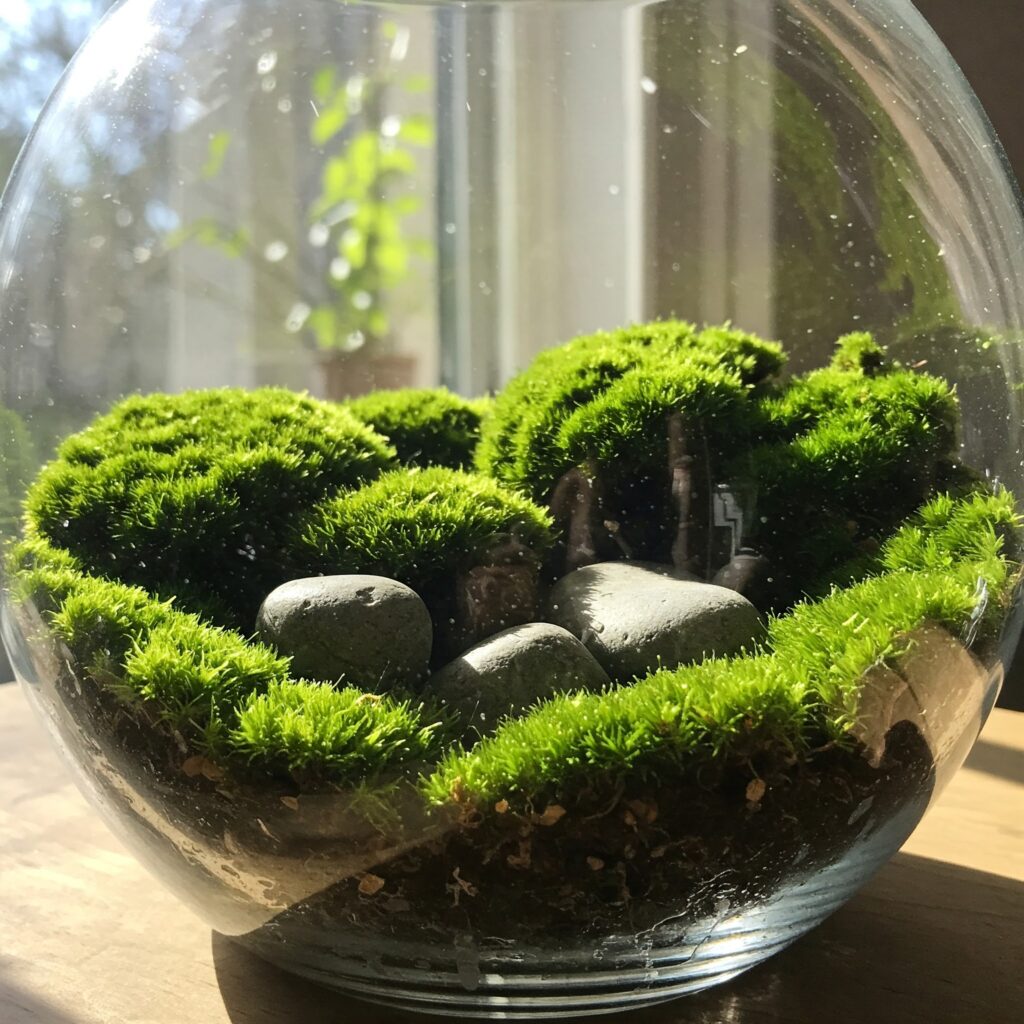
Planting the Moss
Preparing the Moss
Before planting the moss, it’s important to prepare it properly. First, remove any debris or dead leaves from the moss. You can do this by gently picking through the moss with your fingers or using a pair of tweezers. Next, soak the moss in water for at least 30 minutes. This will help to hydrate the moss and make it easier to work with.
Planting Techniques
You can use several different techniques to plant moss in a terrarium. One common method is placing the moss directly on top of the soil. To do this, spread a thin layer of soil at the bottom of your terrarium, then put the moss on top. Gently press the moss into the soil to help it take root.
Another technique is to create a moss slurry. To do this, blend the moss with a small amount of water in a blender until it forms a paste-like consistency. Then, spread the moss slurry on top of the soil in your terrarium. This technique can be particularly useful for covering large areas of soil.
Finally, you can attach moss to rocks or other objects in your terrarium. To do this, simply place a small amount of soil on the object, then press the moss onto the soil. You can use a fishing line or other materials to help hold the moss in place while it takes root.
Remember, moss is a slow-growing plant, so be patient and give it time to establish itself in your terrarium.
Caring for Your Moss Terrarium
Watering and Humidity
To keep your moss terrarium healthy, it’s important to maintain the right level of moisture. Moss thrives in a humid environment, so be sure to regularly mist the terrarium with water. You can also use a spray bottle filled with distilled or filtered water to mist the moss directly. Avoid tap water, which may contain chemicals that can harm the moss.
Ensure the terrarium has good drainage to prevent water pooling at the bottom. If you notice any standing water, remove it immediately to prevent mold growth.
Lighting and Temperature
Moss prefers indirect light, so keep your terrarium in a spot that receives bright, filtered light but not direct sunlight. If your moss is turning brown or yellow, it may be getting too much light.
Temperature is also important for moss growth. Keep your terrarium in a cool, shaded area, away from direct heat sources such as radiators or heating vents. Aim for a temperature range of 60-75°F (15-24°C) for optimal growth.
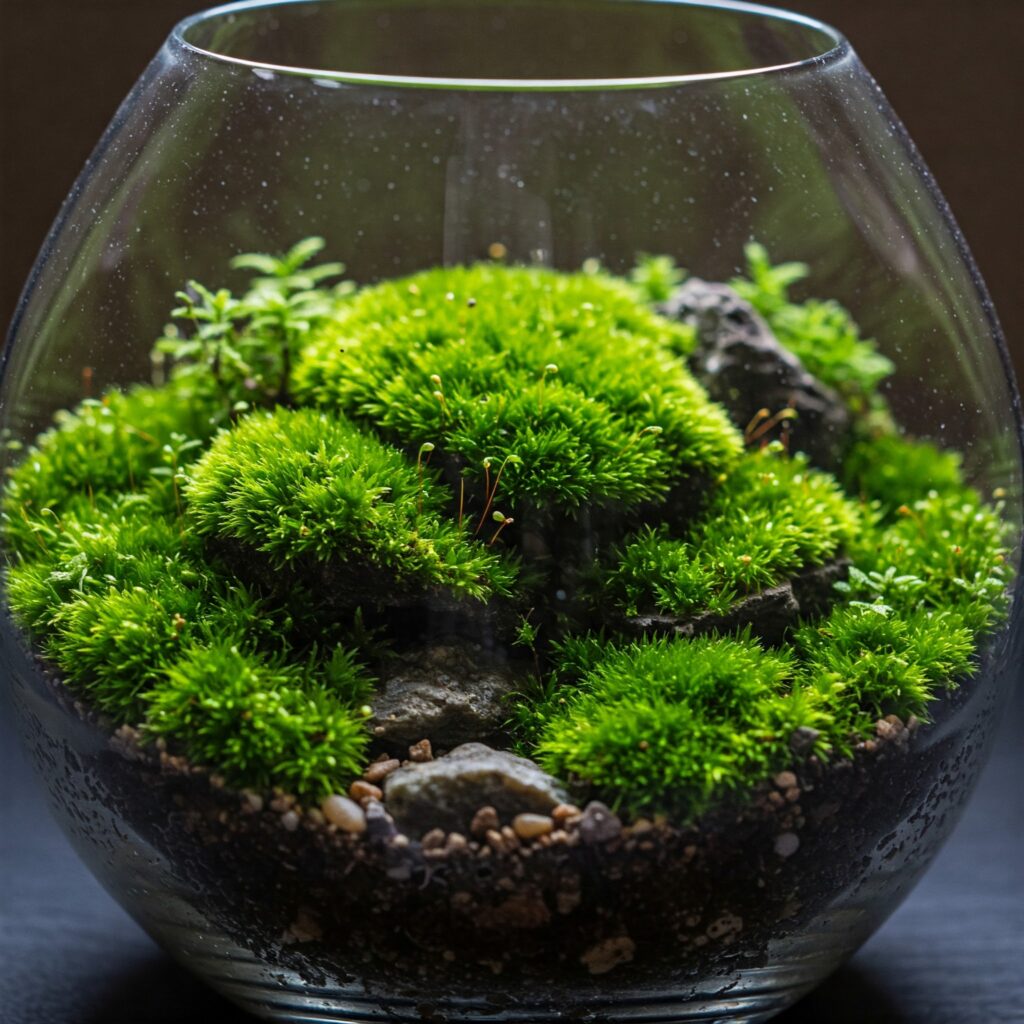
Maintenance
Regular maintenance is key to keeping your moss terrarium healthy. Here are some tips to keep in mind:
- Remove any dead or dry moss to prevent it from spreading to healthy moss.
- Check for any signs of pests or disease, such as white webbing or black spots, and treat immediately.
- Trim any overgrown moss to maintain your terrarium’s desired shape and size.
- If you notice any condensation on the glass, remove the lid for a few hours to allow airflow and prevent mold growth.
What Causes Root Rot In Orchids?
Best Moss for Terrarium: Top 5 Varieties for a Lush and Healthy Environment
